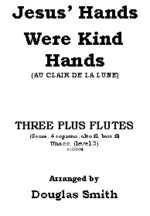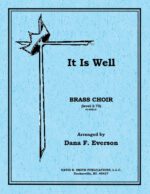| Instrument | |
|---|---|
| Level | 3 |
| Theme | He Is Lord, All Hail The Power…, What A Mighty God, This Is My Father's World, Vision Quest, Lord I Want To Be A Christian, Angels We Have Heard On High, O Come O Come Emmanuel, Coventry Carol, Good ChristianMen Rejoice |
| Writer | |
| Publisher | |
| Key | Eb, Bb, F, Eb, C, |
| Meter | 4-4, 2-2, 3-4, 6-8 |

Unlimited Praise 1 Part 2: Eb Instruments
$4.95
10 arrangements in collection (four main & opt. parts)






